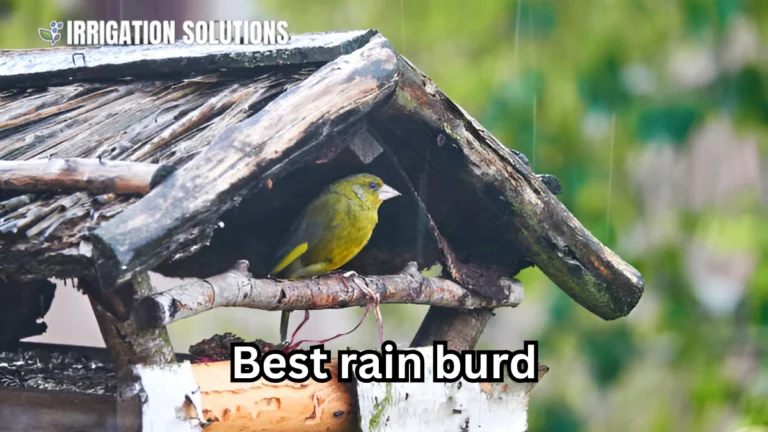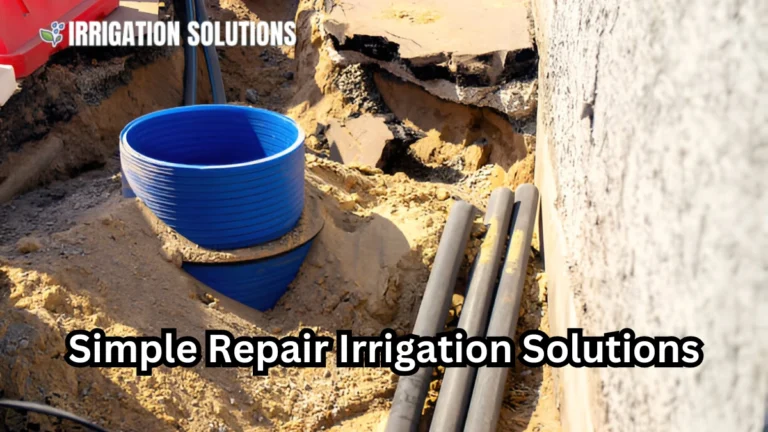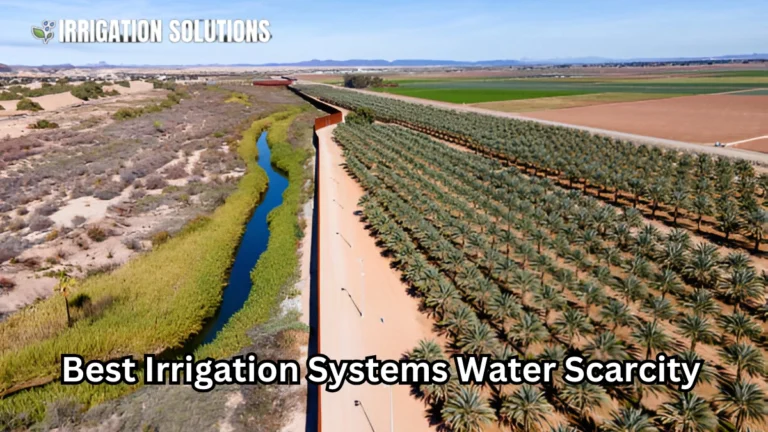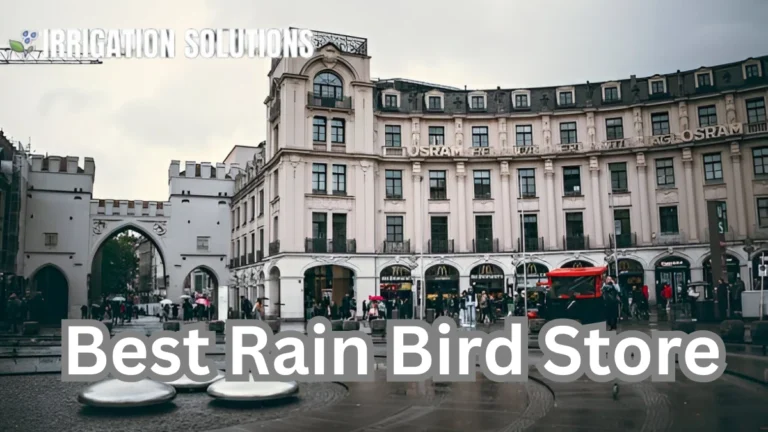Best irrigation systems used today

Efficient irrigation systems are at the heart of modern agriculture, ensuring sustainable water management while maximizing crop yields. As global water resources face increasing pressure, innovative irrigation techniques are stepping up to meet the challenges. This blog explores the irrigation systems widely used today, their benefits, drawbacks, and real world applications.
What Are Irrigation Systems, and Why Are They Crucial?
Irrigation systems deliver water to crops and landscapes to supplement rainfall. They are critical for maintaining food security, particularly in arid regions or during periods of drought. Beyond agriculture, they are vital for landscaping, horticulture, and reforestation projects.
Key Benefits of Irrigation Systems:
- Increased crop yield: Regular and adequate water supply boosts plant growth.
- Efficient resource use: Modern systems optimize water distribution, reducing waste.
- Climate resilience: They mitigate the effects of unpredictable weather patterns.
Types of Irrigation Systems Used Today
Surface Irrigation
Surface irrigation is one of the oldest methods, where water flows across the soil surface by gravity.
Advantages:
- Low cost and minimal technical requirements.
- Suitable for large fields with permeable soil.
Challenges:
- High water wastage due to evaporation and runoff.
- Uneven water distribution can affect crop health.
Real World Use:
In rice paddies across Asia, surface irrigation remains a staple due to its simplicity and effectiveness for flood tolerant crops.
Sprinkler Irrigation
Sprinkler systems mimic natural rainfall, distributing water through pipes and nozzles.
Benefits:
- Uniform water distribution.
- Reduces labor requirements.
Drawbacks:
- High initial installation costs.
- Wind interference may cause uneven watering.
Applications:
Sprinkler irrigation is commonly used in orchards, vegetable fields, and urban parks.
Drip Irrigation
Drip irrigation delivers water directly to plant roots via a network of tubes, emitters, and valves.
Advantages:
- Precise water application minimizes waste.
- Reduces weed growth as water is targeted.
Limitations:
- Installation can be expensive and labor intensive.
- Regular maintenance is required to prevent clogging.
Case Study: Drip Irrigation in Israel
Israel, a pioneer in water efficient agriculture, has extensively adopted drip irrigation. This system helped the country transform arid desert landscapes into productive farmland, boosting exports of citrus and vegetables.
Center Pivot Irrigation
This system uses a rotating sprinkler arm mounted on wheels, pivoting around a central point.
Strengths:
- Efficient for large, flat fields.
- Reduces water runoff compared to surface methods.
Weaknesses:
- Limited suitability for irregularly shaped fields.
- High energy consumption.
Notable Example:
In the United States, center pivot systems dominate cornfields, significantly enhancing productivity.
Subsurface Irrigation
Subsurface irrigation delivers water directly to the root zone through buried pipes or porous materials.
Perks:
- Prevents water loss from evaporation.
- Reduces the risk of fungal diseases by keeping foliage dry.
Downsides:
- High installation costs.
- Challenging to monitor and repair.
Advanced Technologies in Modern Irrigation
Smart Irrigation Systems
Leveraging IoT (Internet of Things) devices and sensors, smart systems monitor soil moisture, weather, and crop needs in real time.
Features:
- Automated adjustments to water schedules.
- Data-driven insights for better decision making.
Example:
Farmers using smart irrigation apps can save up to 30% of water compared to traditional methods.
Solar Powered Irrigation
Solar-powered pumps are a sustainable alternative to diesel or electric systems.
Benefits:
- Eco friendly and cost effective in the long term.
- Accessible in remote areas with no grid connectivity.
Success Story:
In sub Saharan Africa, solar irrigation projects have enabled smallholder farmers to grow crops year round, improving food security and incomes.
Comparing Irrigation Systems: A Quick Overview
| Irrigation Type | Cost | Water Efficiency | Suitability | Key Limitation |
| Surface Irrigation | Low | Low | Large, flat fields | High water wastage |
| Sprinkler Irrigation | Medium-High | Medium | Diverse crops and landscapes | Sensitive to wind |
| Drip Irrigation | High | High | High-value crops, water-scarce areas | Maintenance requirements |
| Center Pivot Irrigation | High | Medium High | Large-scale, uniform fields | High energy needs |
| Subsurface Irrigation | Very High | Very High | Specialized, water-sensitive crops | Repair difficulties |
Choosing the Right Irrigation System
Selecting the ideal system depends on several factors:
- Climate: Arid regions benefit from efficient systems like drip irrigation.
- Crop type: High-value crops warrant investment in precise methods.
- Soil type: Sandy soils require frequent, targeted watering.
- Budget: Balancing upfront costs with long-term savings is key.
Future Trends in Irrigation
Sustainable Practices
Water scarcity drives innovation in water recycling and rainwater harvesting.
AI Integration
Artificial intelligence will further refine irrigation systems, predicting needs with unprecedented accuracy.
Government Support
Subsidies and initiatives promoting advanced irrigation methods can boost adoption rates. For example, India’s Pradhan Mantri Krishi Sinchayee Yojana incentivizes micro irrigation.
Final Thoughts
Modern irrigation systems are revolutionizing agriculture by combining efficiency, precision, and sustainability. Whether it’s the simplicity of surface irrigation or the sophistication of IoT enabled smart systems, these technologies play a pivotal role in meeting global food demands. By adopting the right irrigation methods, farmers can conserve water, enhance productivity, and secure a sustainable future.
Are you exploring irrigation solutions for your farm or landscape? Share your experiences or questions in the comments below!






